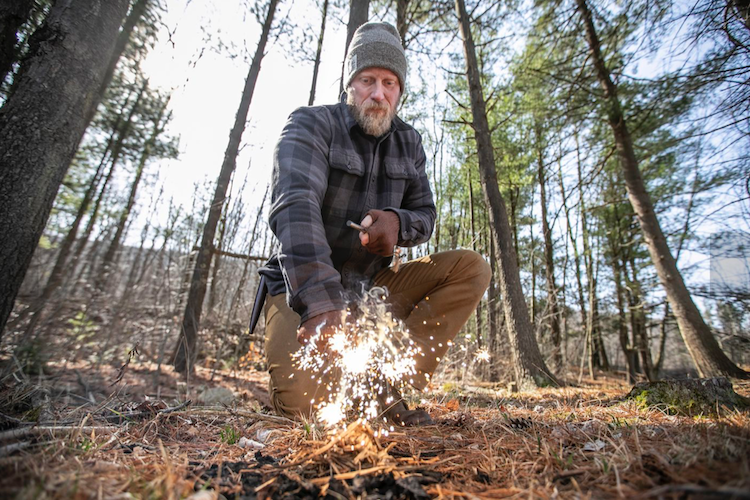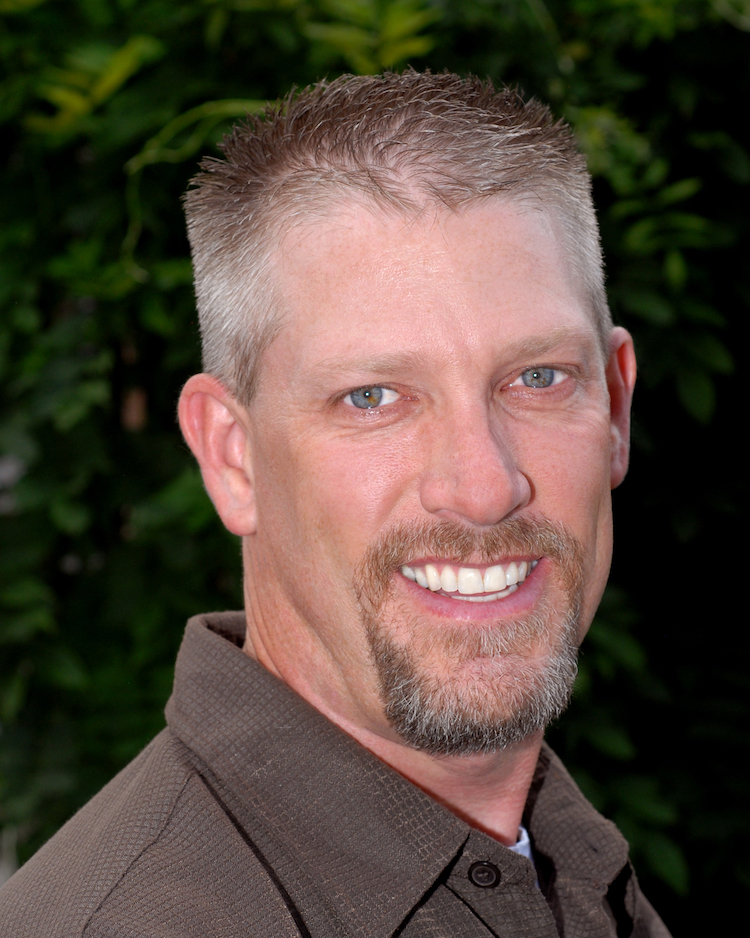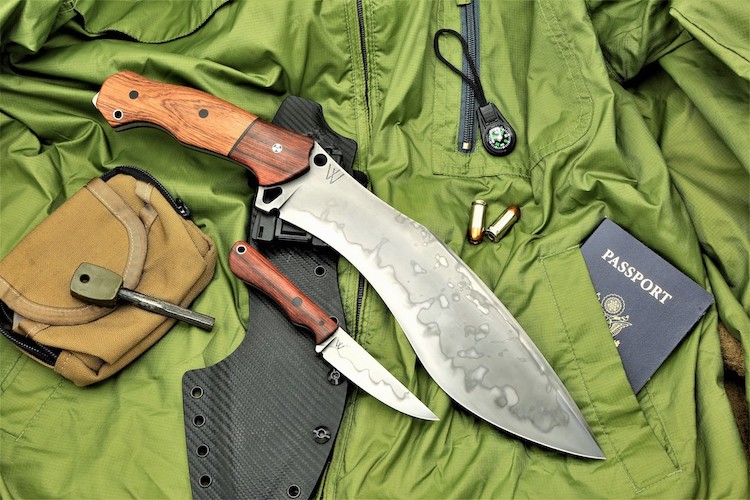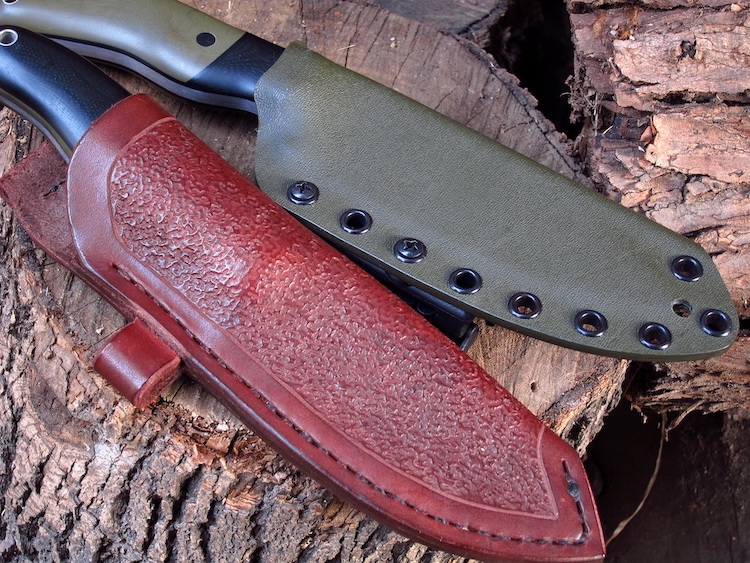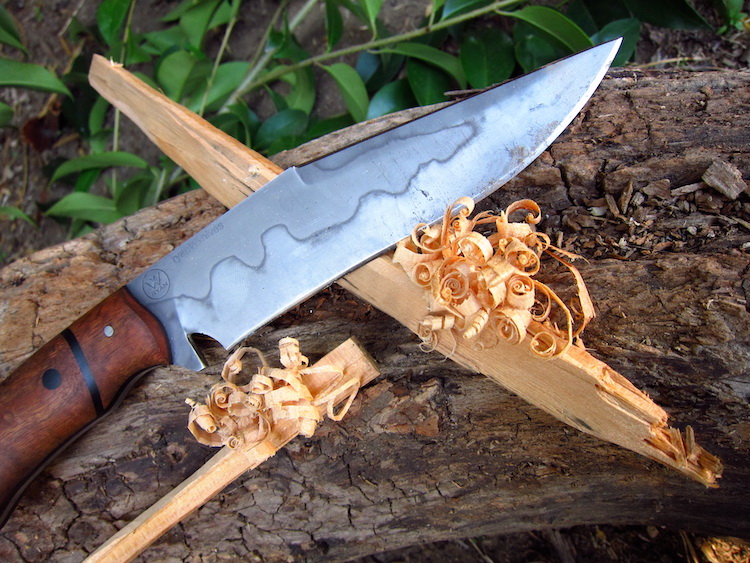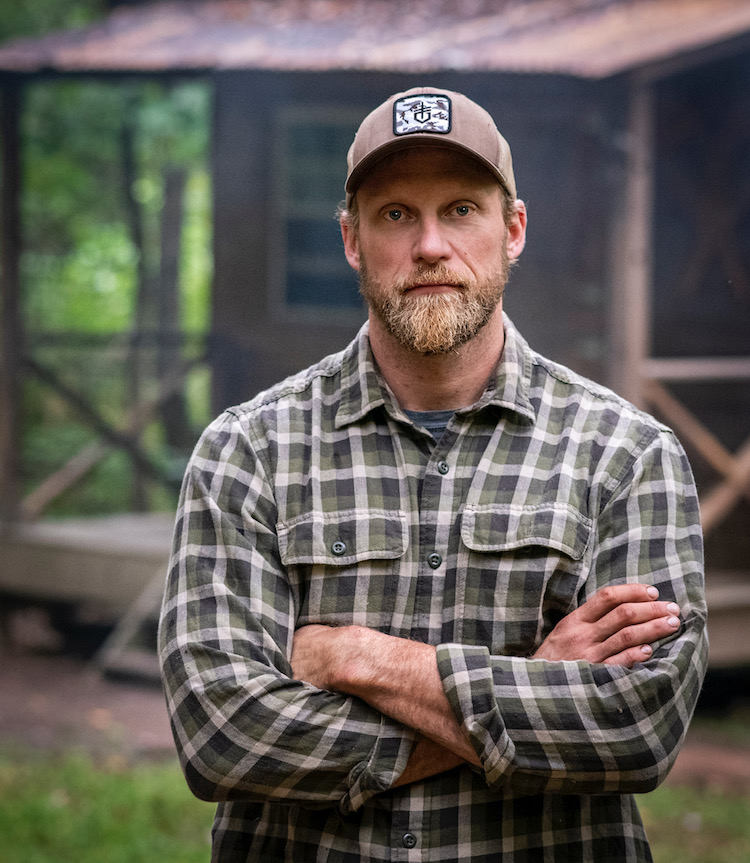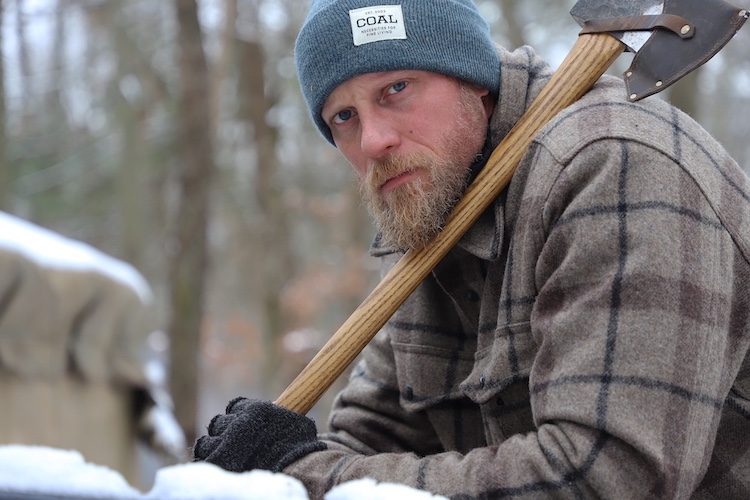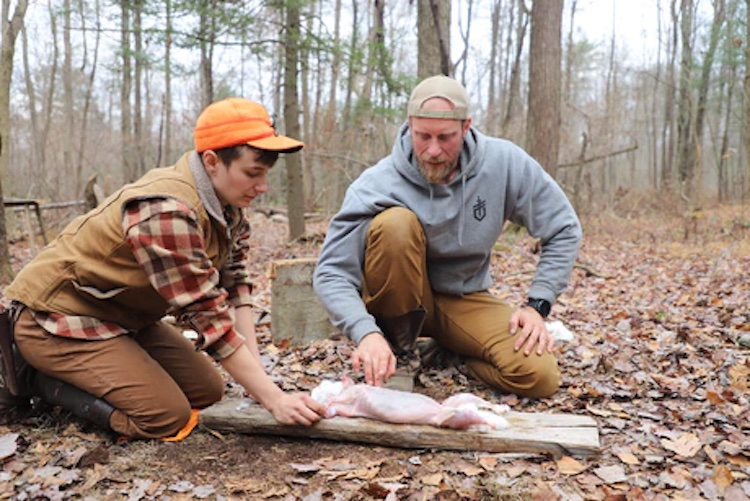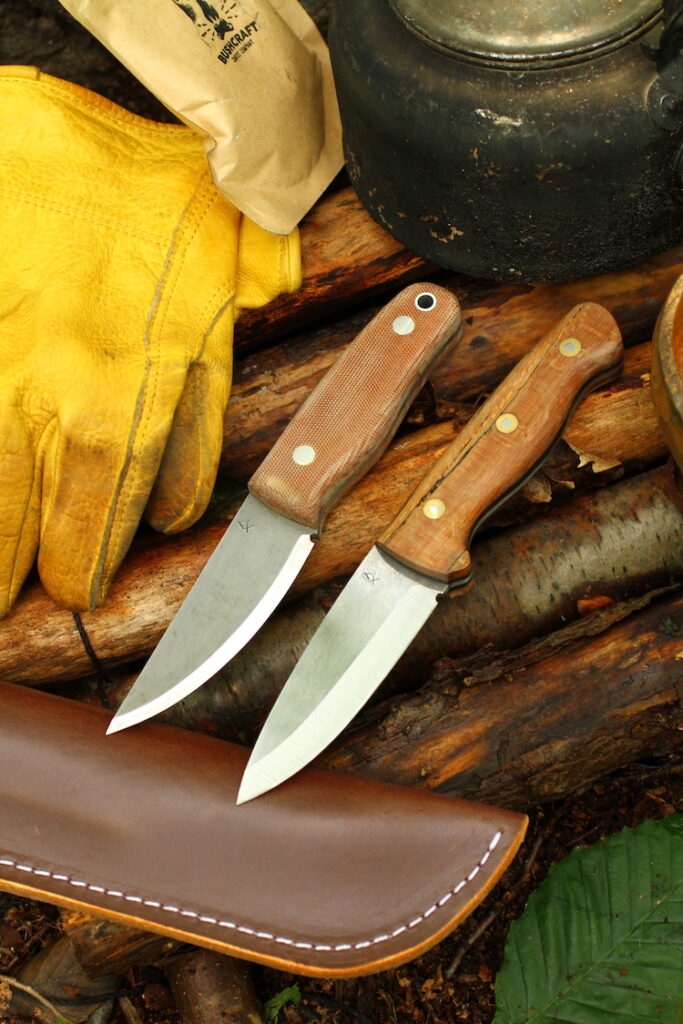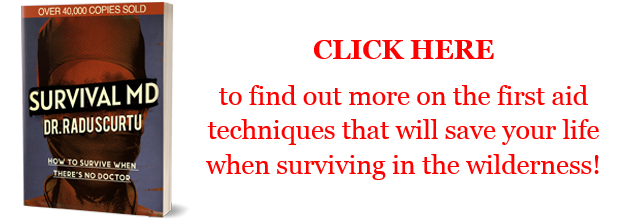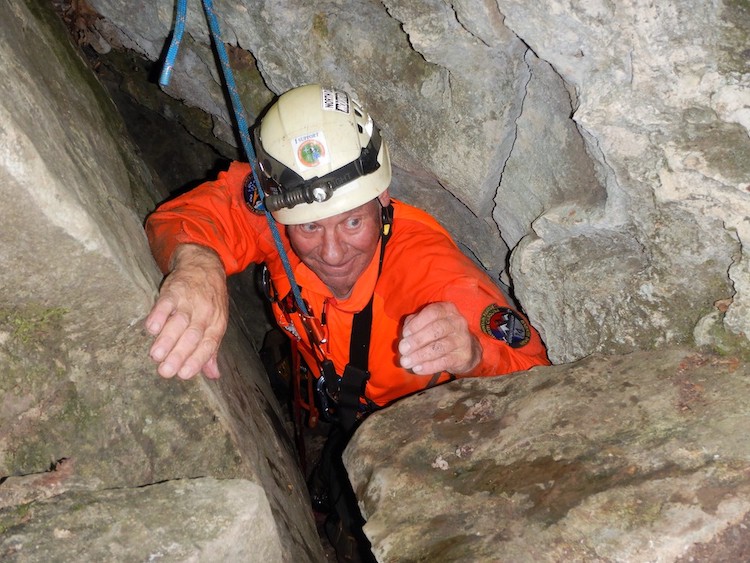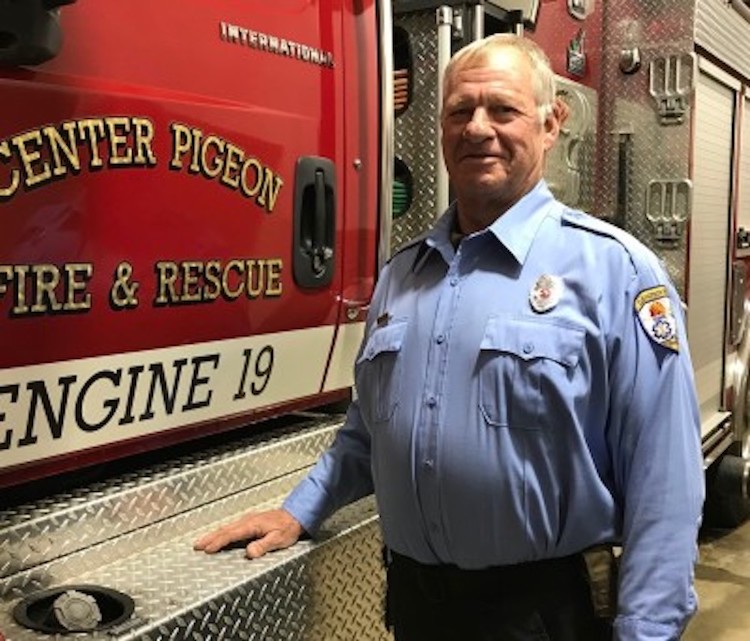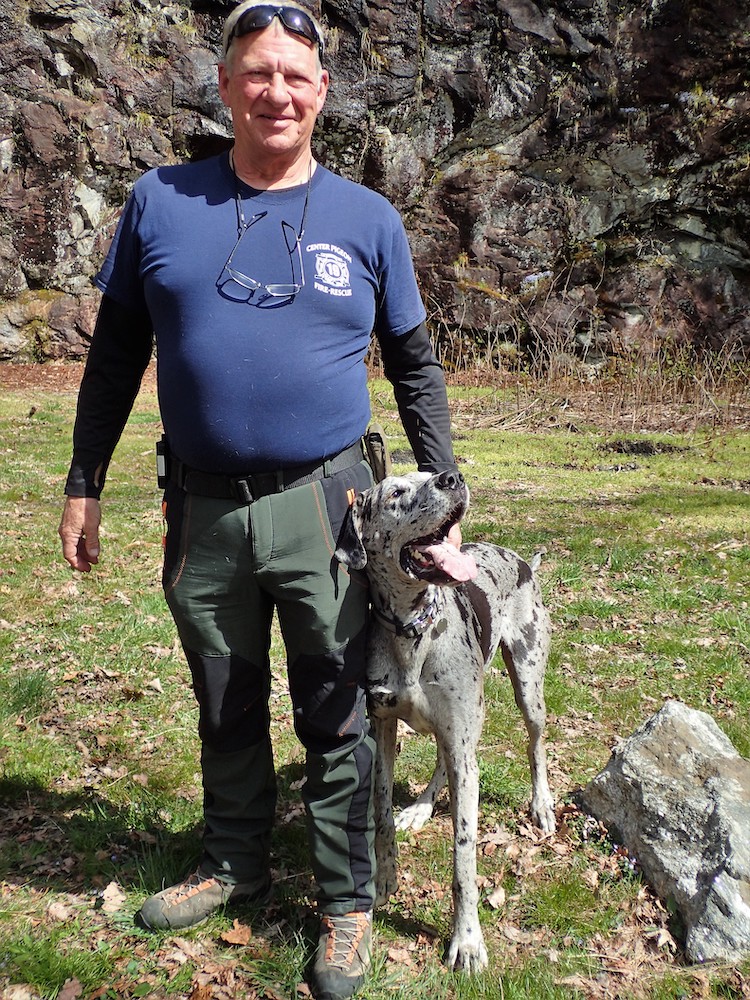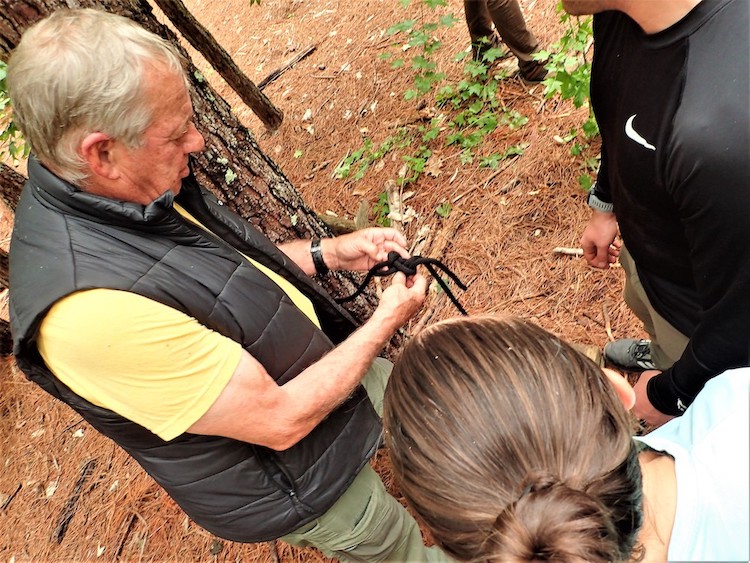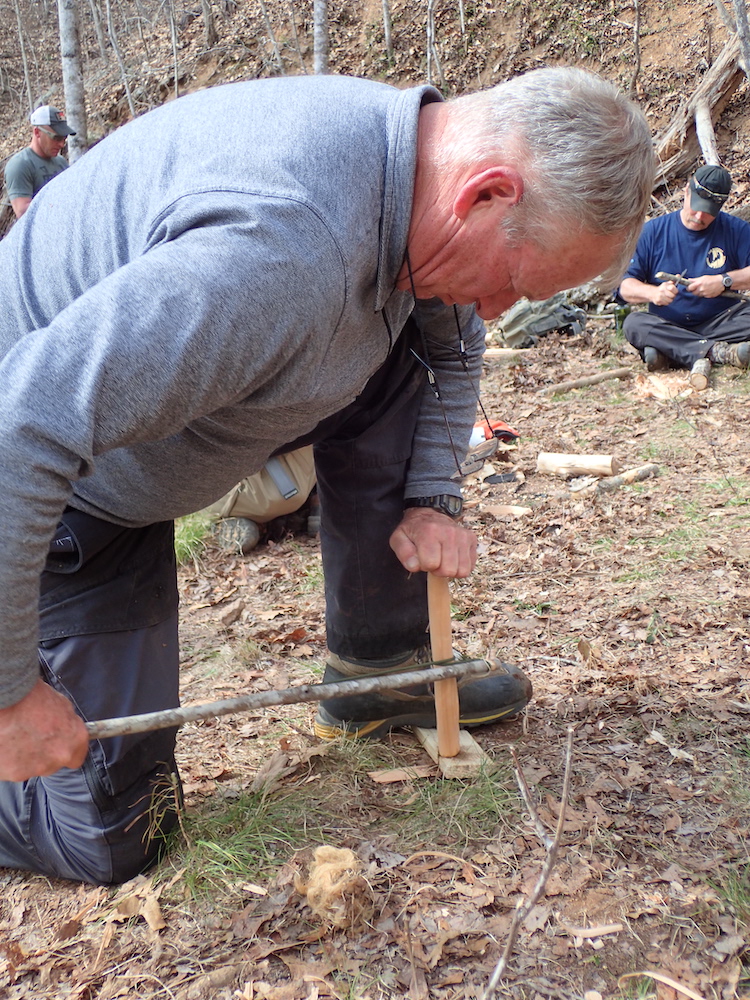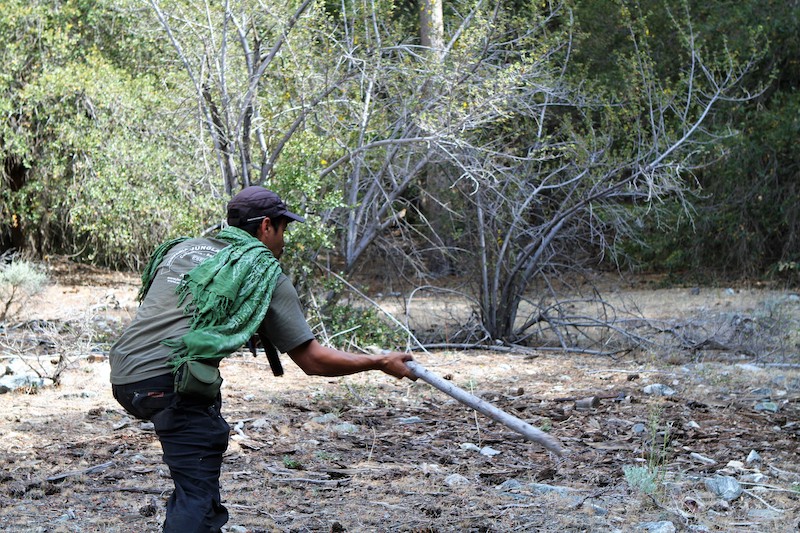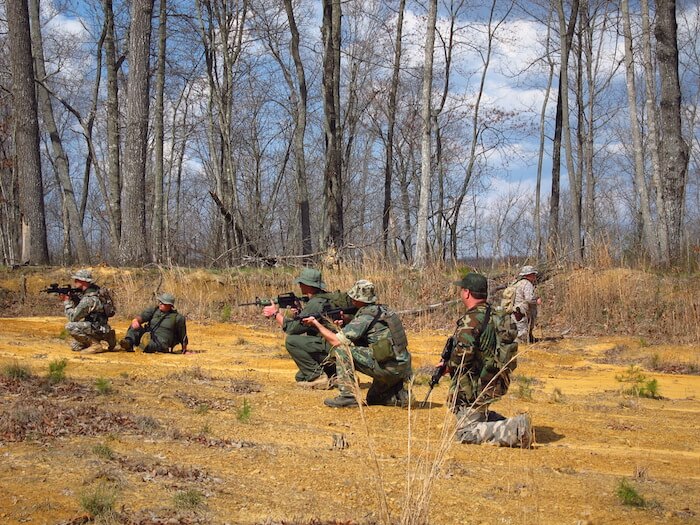Backstage Access Inside the Minds of the Pros!
Getting to know experts in their respective fields bridges the gap between them and aspiring, eager young professionals. I like asking questions and seeing where other people’s passions started. This month, we have three more professionals in their field sharing insight and offering a peek behind the curtain through stories and real-world accounts!
Ryan Weeks– Bladesmith
Several years ago, I became familiar with Ryan Weeks while writing for a popular knife magazine. Upon seeing his work, I knew I had to do a profile on him and his stellar work. After catching up with Ryan at Blade Show 2021, we talked about another article on his current work, the Khuk Fighter knife particularly. To think it only took ten years to reunite and do another story on him. Naturally, he was at the top of my list of American bladesmiths to interview for Ask the Pros!
What got you interested in making knives, and how long have you been doing it?
I have always been interested in knives since my early childhood. I found Bladeforums.com, and the doors were opened! The “Fighters and Bowies” were my poison. I decided to try it myself due to the massive amount of information available and the ability to ask questions as I ran into problems along the way. I believe I sold my first knife in 2009 for $89. It was a Nessmuk Bush Craft style I call the “Wood Drake.”
What separates you from the herd that makes your brand stand out?
When I started making knives, I was drawn to Mike Quesenberry, Nick Wheeler, Don Hanson, and their Hamon work. They are absolutely stunning and are in a league of their own. I modified the information and process I shared to what I later named “The Dirty Hamon.” It is a lower grit finish that doesn’t have the subtle cloudy wispiness. But a darker, more hearty Hardening line (Hamon). If it weren’t for my hamon work, I would have long ago given up trying to succeed at knifemaking. I have been very lucky and have had the most amazing customers over the years.
What steels do you favor?
My absolute favorite steel is W2! I believe it is the best performing of the steel types able to take on a nice Hamon. I work with other steel, including 1095, which will also take on a hamon. My favorite Stainless is S35VN, but the new Magnacut is growing on me. Regarding Scales, handle work is also one of my favorite parts of the knife-making process. I am always trying new combinations of contrasting woods and man-made materials.
Favorite pattern or type of knives to make?
Fighters, Bowies, and bigger blades have always called to me. They would have to be my favorite style! Having said that, I want my knives to be used in the real world. I don’t think I know anyone that has been in a knife fight, so the knives I like to make would have to be the Hunting and Camping knives like my Trinity and SPK.
What knives of yours or any others do you EDC? (What do you do with your knives?)
I will EDC new prototypes for quite a while before getting a few out there to the masses. The High Uinta model is the one I use the most when backpacking and hiking in the mountains of Utah. I feel it is a great size to handle food prep, small game, and fish processing, even batoning wood and making feather sticks.
Dan Wowak– Wilderness Survival/Bushcraft
The T6ZERO Tarp video was the first Coalcracker Bushcraft video I remember seeing on YouTube from Pennsylvania native Dan Wowak. I wasted no time contacting Dan, and soon I was sleeping under the T6ZERO.
Dan has an amazingly natural humorous way of presenting information; his passion shines through the screen. Dan is no stranger to the camera as he is the star of the Coalcracker Bushcraft channel and cast member of History Channel’s Alone-Season 3. Dan is the owner and founder of the Appalachian Bushman School in Pennsylvania and is now an author of Bushcraft Kid. I had the pleasure of meeting Dan and covering some of his gear for magazine reviews. I reached out to Dan with a handful of questions:
What are your two favorite Wilderness/Survival movies?
Alone in the Wilderness
Happy People: A Year in the Taiga
One Tool Option or Tool Set
Tool Set – I believe that one tool mentality comes from Survival TV shows, and those shows are looking for excitement; we don’t want to look for excitement and struggle in a wilderness environment.
If you could pick one person you would consider a mentor or major influence, who would it be?
Horace Kephart –he sorta got this whole thing going!
When was the first time you were lost?
It actually was only about seven years ago. I wasn’t super lost but definitely well off track and thought for a moment I would be out here a lot longer than I thought I would be.
Describe your most miserable camping trip/survival situation.
I went on a Beaver Trapping trip in Western Pennsylvania; I live in Eastern PA. At home, the weather was cold and snowy. The further I went west, the worse the weather got, meaning warmer and freezing rain. The location we were trapping was pretty far out, so we took ATVs into the location. The first day we only made about 1/2 the trip and set up camp.
That night it rained and rained and warmed up. Everything started to melt and thaw by the morning. We realized we were trapped on a body of land surrounded by water on three sides (all streams that were quickly rising) and a super steep mountainside impassable with an ATV. Throughout the day, the water got higher and higher. My brother-in-law cut his hand pretty bad, and we were trying to devise a plan to get out. We had to put the ATVs and traps on the highest ground we could find, and then we had to climb out of this hole we were in. Luckily nothing washed away, and we recovered the ATVs and traps. That’s a whole other story!
What do you love about teaching wilderness skills?
On a personal level, I love that it’s always a challenge for myself and the students. When teaching and someone is struggling so bad with something, I can work them through it. Once they get it, I can feel the accomplishment oozing from them; that is such a great feeling. I love seeing people overcome hard things.
Which one person, current or historical, would you want to do a camping trip with overnight?
Dick Proenneke
If you could go to a foreign environment to camp/learn/explore, where would it be?
The jungle. For me, there is so much unknown there. Everyone makes it seem so scary I would like to see it for myself. It does seem intimidating, though.
David Walker-SAR
The search for missing, lost, or otherwise endangered people to provide medical aid and return them home safely barely scratches the surface of what Search and Rescue (SAR) personnel do daily. Whether recovering the injured, lost, or a body, SAR brings a sense of closure. David Walker is a legend among SAR teams.
I first met David in North Carolina while helping teach a survival class to a group of first responders who were all volunteer SAR personnel. Full of stories and a wealth of knowledge, David Walker is who you want, searching for you on your worst day should you become lost in the wild!
How did you get interested in SAR?
I have always been interested in fire and rescue. I grew up hanging around the volunteer fire dept, growing up in the mountains of western North Carolina, and getting into rock climbing (early days of climbing late 60s). I got to go on rescues with the fire dept. I realized that I really enjoyed getting to help people and using the wilderness skills I had learned growing up playing in the mountains.
What training have you had?
A lot of the wilderness skills come from being in the woods as a kid (limited tv in the early 60s, so you spent a lot of time in the woods hunting, trapping, and exploring). Your training never ends. You will spend hundreds of hours on initial medical training and continuing education.
The best I remember, my advanced EMT was 250 hours of class and 250 clinical. Rope and wilderness skills training is ongoing, and we train weekly on various aspects.
Remaining calm?
I try to think of the acronym STOP (stop, think, observe, plan), focus on the job that needs to be done don’t dwell on the negative aspects. During extended operations, I sometimes try to send my mind to a happy place and think of positive things.
The best part of the job?
Getting to help people who are possibly having the worst day of their lives and helping them out of a bad situation, knowing that you have done a little something to make it better for them. Getting to work with some awesome people and good friends to create an effective rescue.
Type of gear carried?
I carry a fixed blade knife (ESEE 4), three means of starting a fire (lighter primary), a small tarp for shelter, a hard shell jacket, a metal cup, rope rescue gear, and three light sources. First-aid supplies: Sam Splint, tourniquet, EpiPen, and a small kit of various supplies.
To unwind?
I like to spend as much time hiking and exploring alone in the woods, looking for various herbs and plants, and watching wildlife.
All Class acts and true pros in my book!
Disclaimer: The content of this book is for informational purposes only and is not intended to diagnose, treat, cure, or prevent any condition or disease. You understand that this book is not intended as a substitute for consultation with a licensed practitioner. Please consult with your own physician or healthcare specialist regarding the suggestions and recommendations made in this book. The use of this book implies your acceptance of this disclaimer. The publisher and the author make no guarantees concerning the level of success you may experience by following the advice and strategies contained in this book, and you accept the risk that results will differ for each individual.


